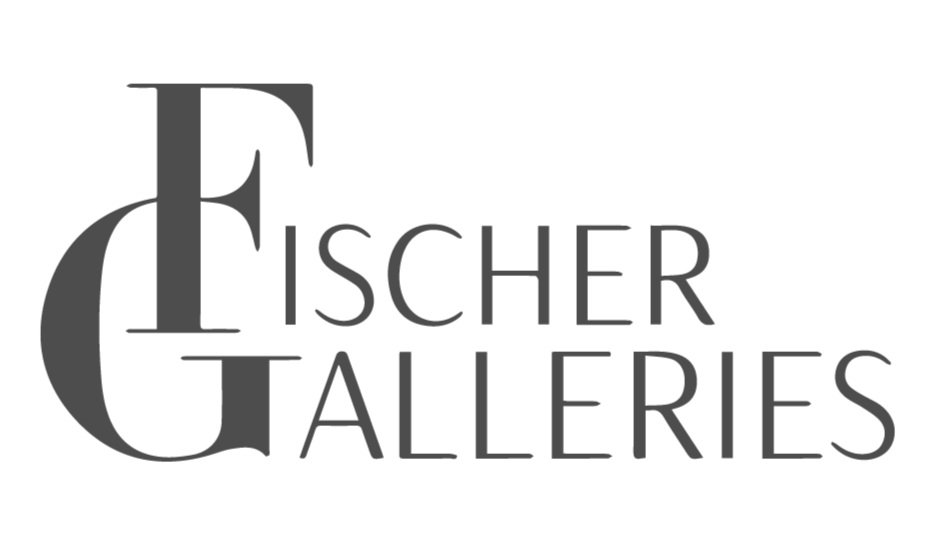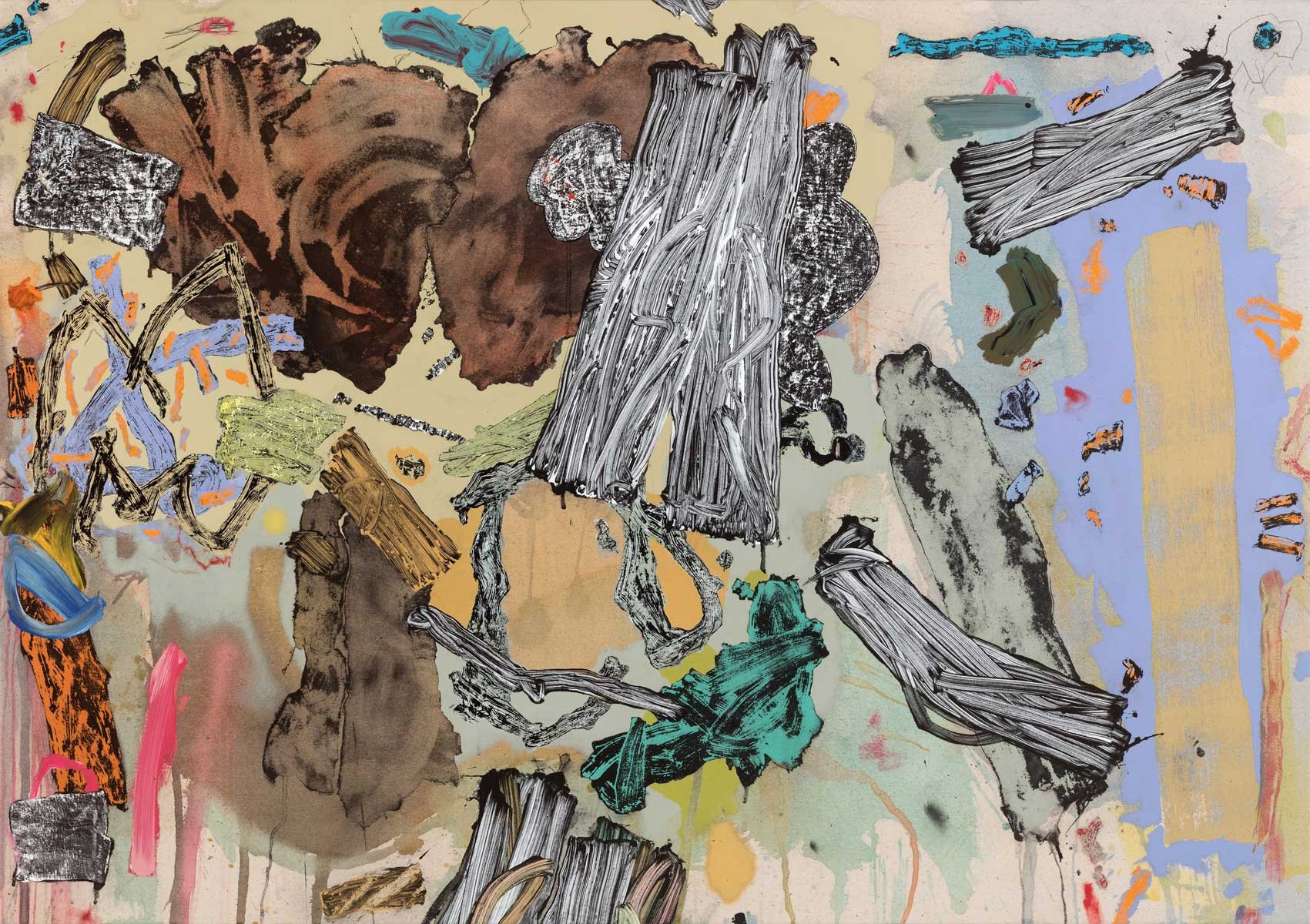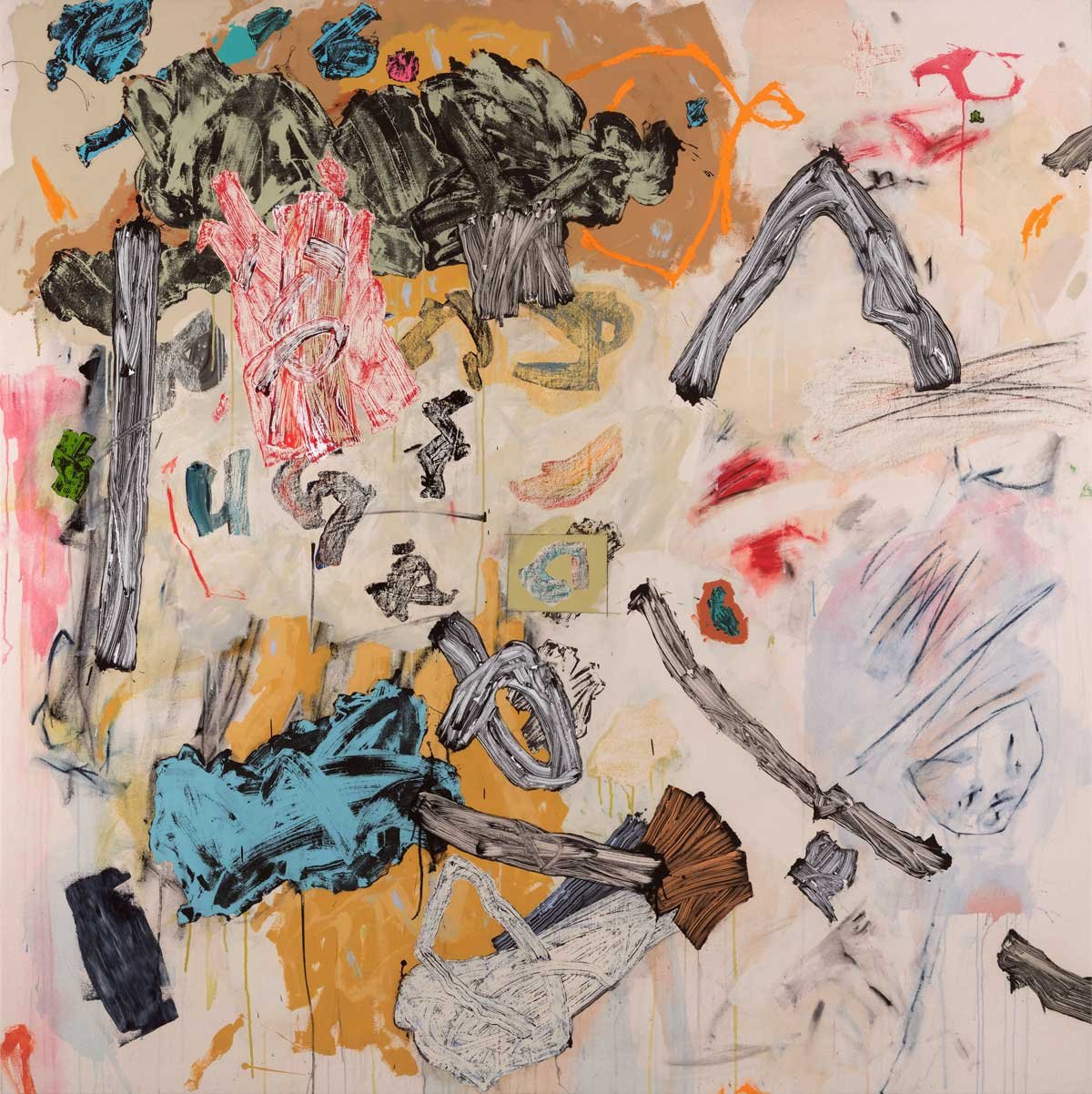Doyle Gertjejansen
About the Artist
Doyle Gertjejansen received his MFA degree with a major in painting and minor in art history from the University of Minnesota. He has resided in New Orleans for most of his professional career, teaching and serving as chair, graduate coordinator, gallery director, and other academic positions and duties at the University of New Orleans. In New Orleans, his work has been represented by the Arthur Roger Gallery, Galerie Simonne Stern, and currently, Callan Contemporary. He has served on the Board of Directors of the New Orleans Contemporary Arts Center and the Arts Council of New Orleans, and served in many other positions in the community.
His work has been exhibited in numerous one-person and group exhibitions and is included in public, private, and corporate collections throughout the United States and abroad. In 1996 he received a National Endowment for the Arts Fellowship in painting and the Phi Kappa Phi South Central Artist’s Award. He has received numerous other grants, awards, and honors including a Louisiana Division of the Arts Fellowship for painting and works on paper in 1999.
Gertjejansen has been creating large scale mixed media abstractions for over four decades. His primary body of work also includes drawings and works on paper, sculpture, and installations. The most recent work focuses on complex layers of abstract and pictorial imagery drawn from his personal history, the history of art, contemporary philosophy, science, and other disciplines.
Artist Statement
Awkward or elegant, contrived and authentic, real or imagined, deterministic and arbitrary, false or true events populate our world at the same time, and in the long term seem to have equal consequences as they form our life experience. Translating those ideas into the language and space of painting in a way that is palpable to the viewer is an ongoing journey.
Departing from the strictly formal roots of abstract painting, I try to allow the possibility of a narrative, or an allusion to imagery to join in the process. So the experience is not entirely about painting itself, but rather, implies that disparate polarities continuously flow through us as people, as we struggle to translate and synthesize them into a worldview of time and space and life that makes sense. As in the world we experience, there are complex and inexplicable relationships in the work that are stated, but not entirely resolved; implying that one is on the tenuous edge of meaning but the code cannot quite be broken.
The history of art, particularly art since the turn of the twentieth century, plays an every present role in influencing both the space and vocabulary in the work. While the possibility of image and narrative is present, and the vocabulary in the works is drawn from multiple sources in and outside of art, I believe the power of painting still lies in its ability to be absorbed as a singularly powerful and experiential moment rooted in sensuality, that provides a direct record of the uniquely human practice of invention.







